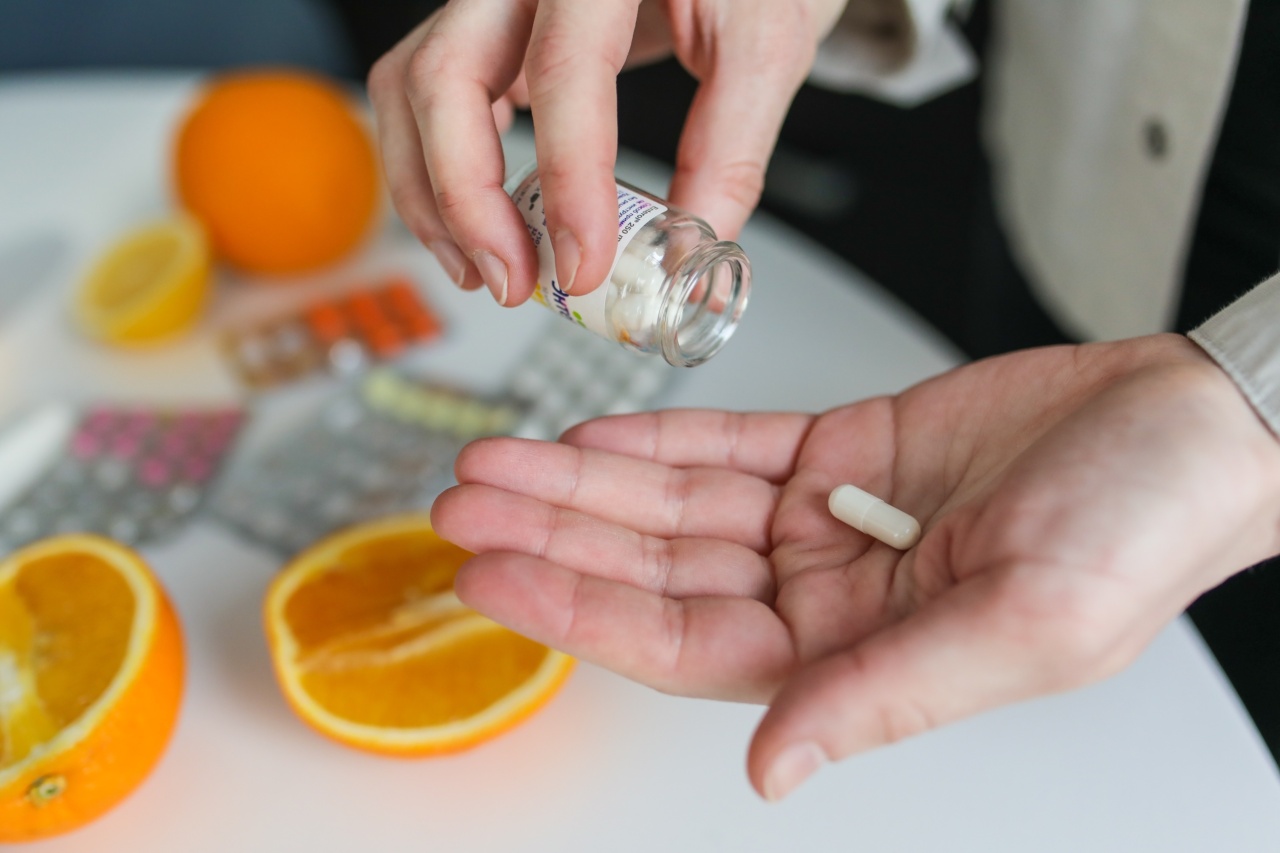Mastitis is a common condition that affects both humans and animals. It is an infection of the breast tissue that results in inflammation and swelling.
Although it is more frequently seen in lactating women, it can also occur in men and non-lactating women. Mastitis can be painful and may lead to complications if left untreated. In this article, we will discuss various prevention and treatment options for mastitis.
Prevention
Preventing mastitis is crucial, especially for lactating women. Here are some preventive measures that can help reduce the risk of developing mastitis:.
1. Proper Breastfeeding Technique
Ensuring a proper latch and positioning during breastfeeding is essential. Improper latch or positioning can cause poor milk drainage and increase the risk of inflammation and infection.
Seek guidance from a lactation consultant or healthcare professional to ensure correct technique.
2. Maintain Breast Hygiene
Keeping the breasts clean and dry is important to prevent mastitis. Clean the nipples and surrounding area with mild soap and water daily. Avoid using harsh cleansers or scented products, as they can irritate the skin. Pat dry thoroughly after washing.
3. Empty Breasts Completely
Ensure that the breasts are fully emptied during each feeding session. Incomplete emptying can lead to engorgement and increase the risk of mastitis. Encourage your baby to feed on both breasts to achieve complete drainage.
4. Avoid Prolonged Breast Engorgement
If breastfeeding is temporarily interrupted, express or pump milk regularly to prevent engorgement. Prolonged engorgement can cause milk stasis, leading to mastitis.
Use a breast pump or hand expression to empty the breasts if the baby is unable to feed directly.
5. Maintain a Healthy Immune System
A strong immune system can help fight off infections. Eat a balanced diet, get enough sleep, manage stress levels, and engage in regular exercise to maintain a healthy immune system.
Consult a healthcare professional for any vitamin or herbal supplements that may help boost immunity.
Treatment Options
If mastitis occurs, prompt treatment is essential to prevent complications and promote healing. Treatment options for mastitis may include:.
1. Antibiotics
If the infection is bacterial, a course of antibiotics may be prescribed by a healthcare professional. It is important to complete the full course of antibiotics, even if symptoms improve, to ensure the infection is completely eradicated.
2. Pain Relief
Pain and discomfort can be managed with over-the-counter pain medications such as acetaminophen or ibuprofen. Applying warm compresses to the affected area may also provide relief.
3. Continued Milk Removal
Continue breastfeeding or expressing milk regularly to ensure breast drainage. Milk removal helps in emptying the affected breast, preventing further milk stasis and promoting healing.
4. Rest and Support
Resting and taking care of oneself is crucial in recovering from mastitis. Seek support from family, friends, or support groups to help with household chores and childcare responsibilities while recovering.
5. Symptom Relief
Applying cold compresses between feedings can help reduce inflammation and swelling. Massaging the breast gently can also help promote milk flow and relieve discomfort.
Conclusion
Mastitis is a common and treatable condition that can occur in lactating women, men, and non-lactating women.
By following proper prevention techniques, such as maintaining good breast hygiene and practicing correct breastfeeding techniques, the risk of developing mastitis can be significantly reduced. If mastitis does occur, prompt treatment with antibiotics and pain relief measures can help manage the infection and promote healing. Remember to continue breastfeeding or expressing milk regularly to ensure proper breast drainage.
Seek medical attention if symptoms worsen or persist. With proper prevention, early detection, and appropriate treatment, mastitis can be effectively managed.































